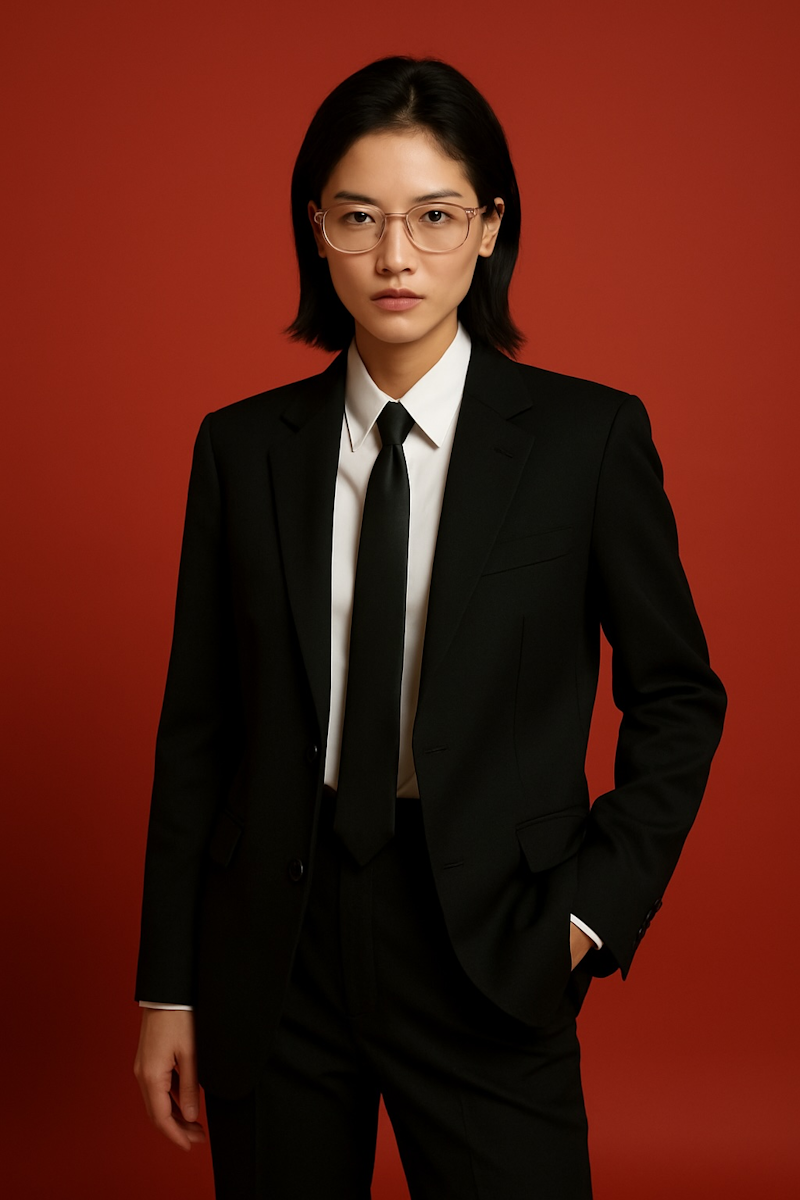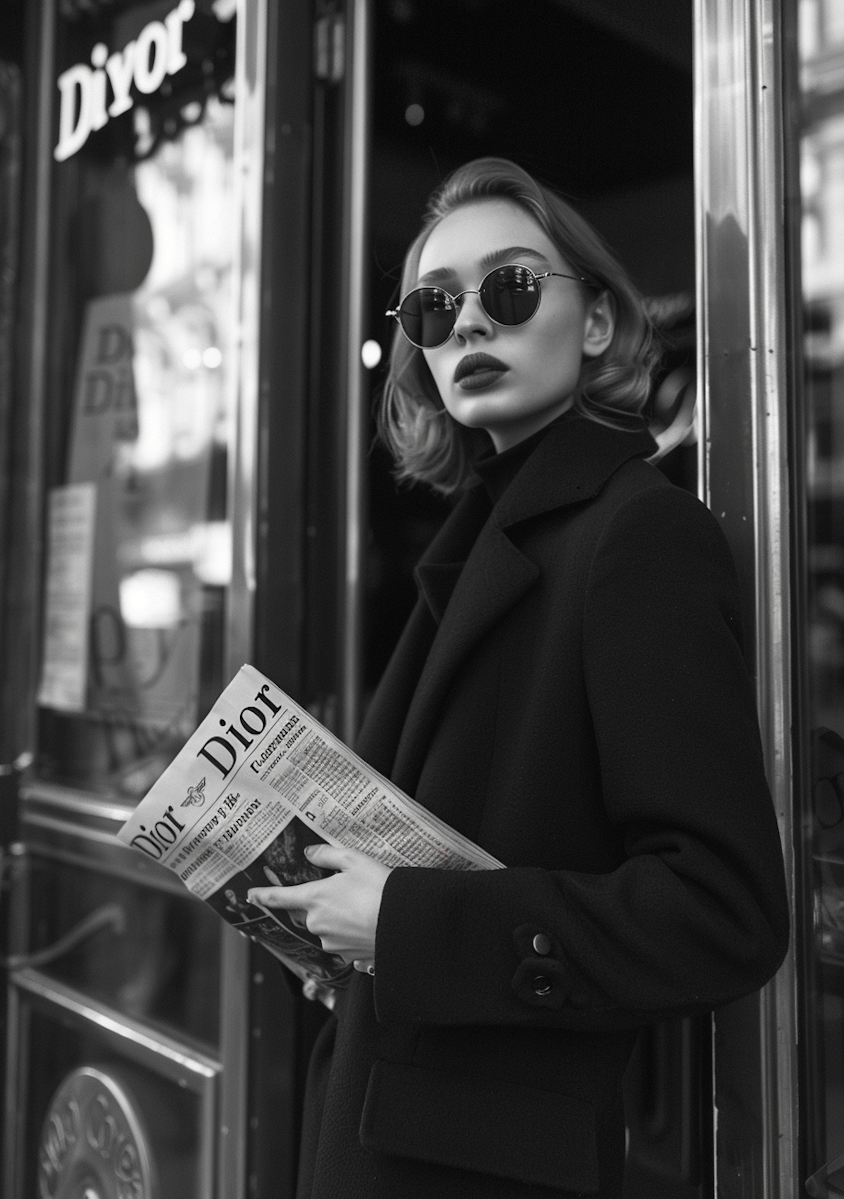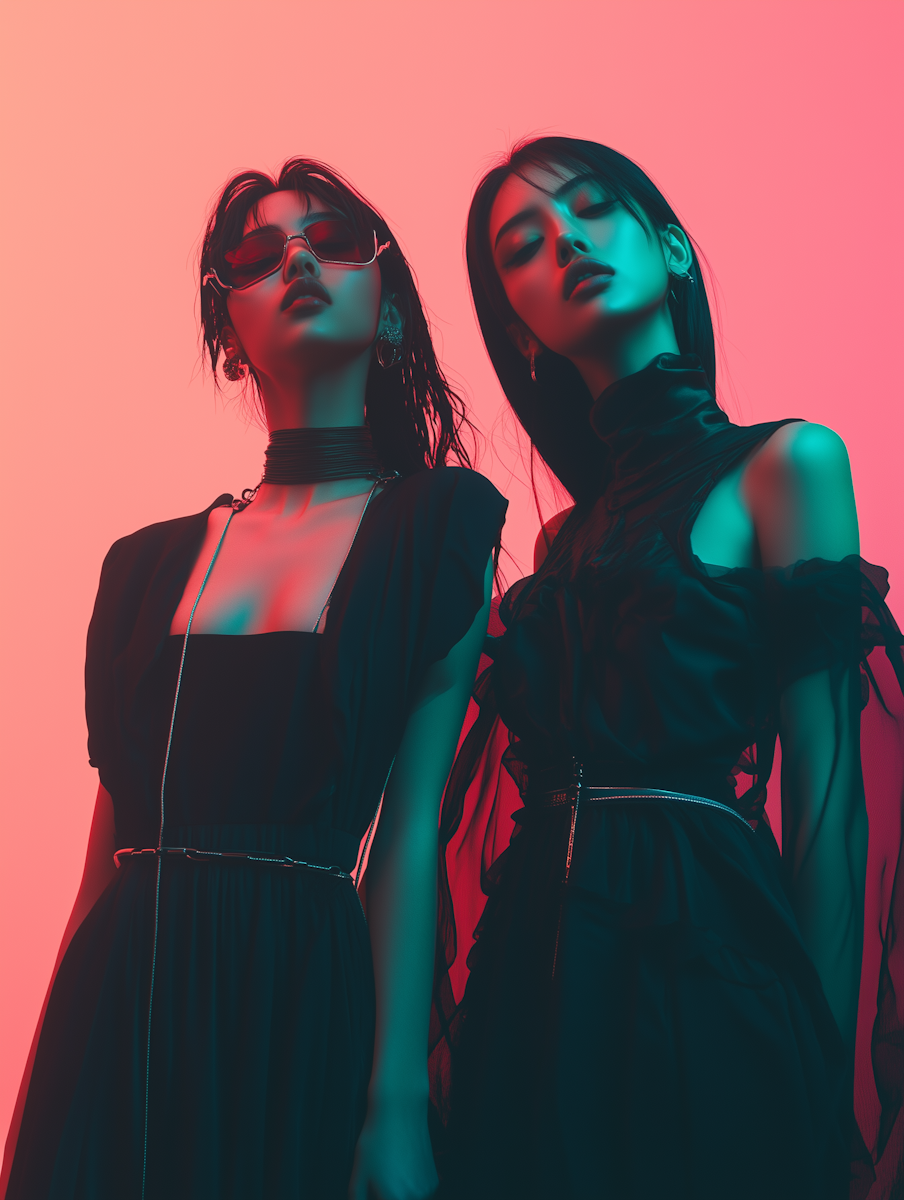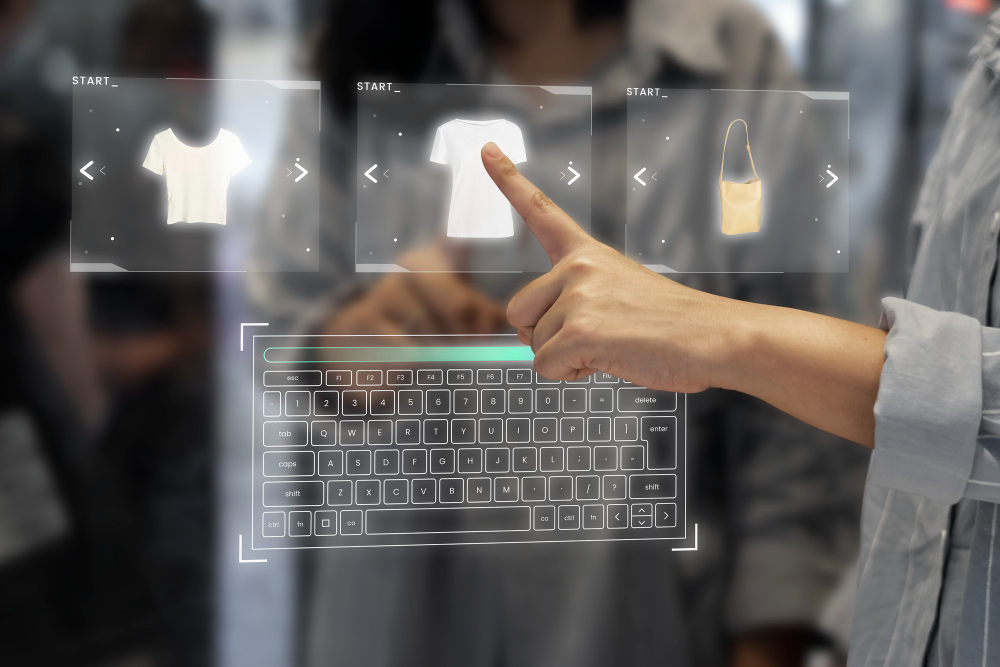The question of what to wear to a job interview is one that never goes out of style. Whether you’re applying for a corporate role, a creative position, or something in between, your outfit speaks volumes before you even say a word. In today’s competitive job market, first impressions matter—sometimes even more than your résumé.
This guide will help you navigate interview attire with confidence and precision, regardless of industry or job level.
Why Dressing Right Matters

When it comes to interviews, your clothing is a visual representation of your professionalism, attention to detail, and cultural awareness. Employers notice how you present yourself, and dressing appropriately can boost your chances of making a lasting impression.
Dressing well not only shows respect for the company and its culture—it boosts your self-confidence, too.
General Tips on What to Wear to a Job Interview
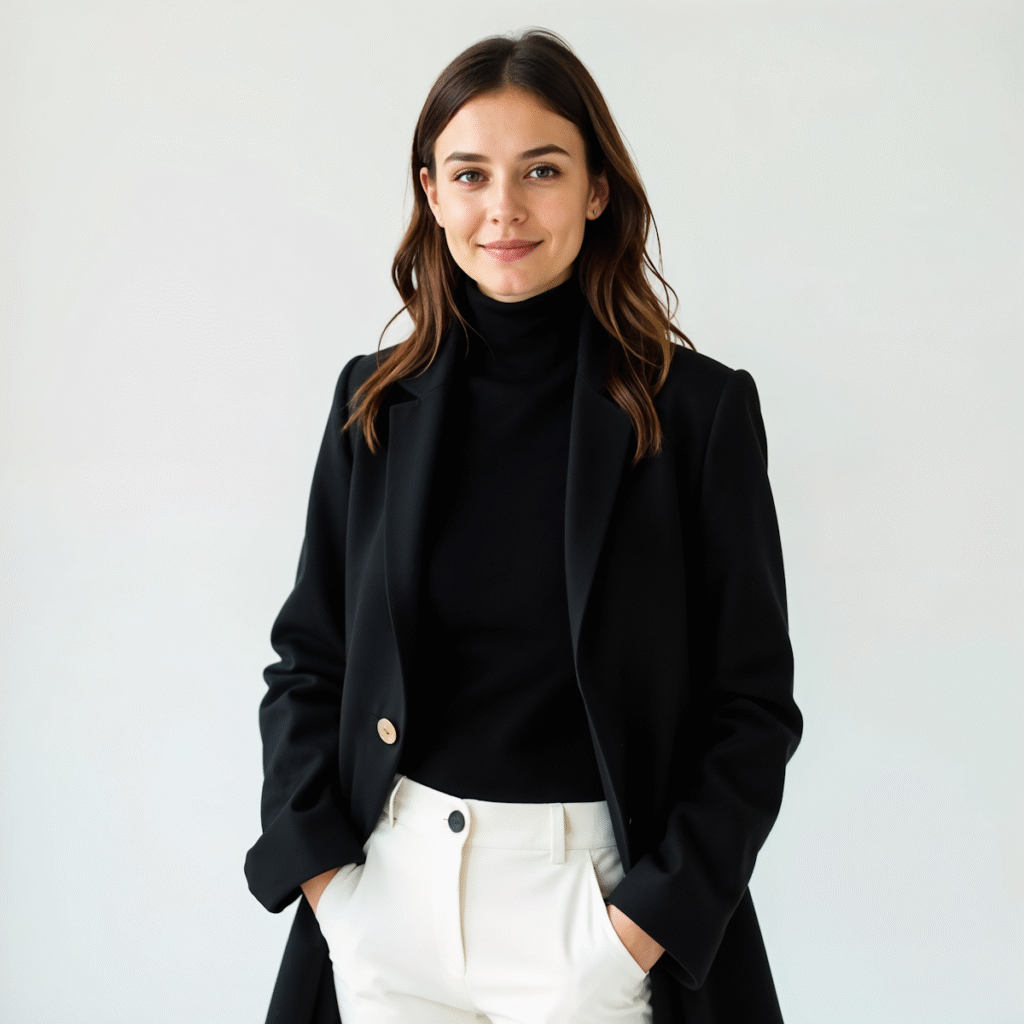
Regardless of the industry, keep these basics in mind:
- Clean, wrinkle-free, and well-fitting clothes are a must.
- Neutral or muted tones (black, navy, gray, beige) are safe and professional.
- Minimal accessories—less is more.
- Polished shoes—no sneakers or flip-flops unless you’re interviewing at a surf shop.
Now, let’s break down what to wear to a job interview based on the type of industry.
1. Corporate or Formal Roles (Finance, Law, Government)
- Men: A dark suit, dress shirt, conservative tie, and leather dress shoes.
- Women: A tailored pantsuit or skirt suit with a blouse, closed-toe heels or flats, and subtle jewelry.
🧠 Pro Tip: Stick to classic styles. A navy or charcoal gray suit rarely fails.
2. Creative Industries (Media, Design, Tech Startups)
- Men: Dress pants with a blazer or smart shirt. No tie required, but polished shoes are still a must.
- Women: A chic blouse with slacks or a knee-length dress and a cardigan or blazer.
🧠 Pro Tip: Show a touch of your personality with colors or unique accessories, but keep it tasteful.
3. Retail, Customer Service, or Hospitality
- Men: Button-down shirt with slacks and clean loafers or dress shoes.
- Women: Blouse with a pencil skirt or trousers. Flats or low heels are ideal.
🧠 Pro Tip: If you’re applying for a role that requires a uniform, aim for business casual with attention to grooming.
4. Skilled Trades or Outdoor Jobs
- Men & Women: Clean, well-fitted work pants or khakis with a collared shirt. Steel-toe boots or functional shoes may be acceptable.
🧠 Pro Tip: Dress just one step above what you would wear on the job site.
5. Remote or Virtual Job Interviews
Yes, you still need to dress up!
- Stick with a professional top—even if you’re in sweatpants below.
- Avoid patterns that can distort on camera.
- Ensure good lighting to keep your appearance sharp.
🧠 Pro Tip: Dressing professionally even from home puts you in the right mindset.
Grooming and Finishing Touches
- Hair should be neat and well-styled.
- Keep makeup and fragrances minimal.
- Nails should be clean and trimmed.
5 Frequently Asked Questions (FAQs)
1. Can I wear jeans to a job interview?
Only if the company has an ultra-casual dress code and you’re certain it’s acceptable. When in doubt, opt for business casual.
2. What colors are best to wear to a job interview?
Stick to neutral colors like navy, black, gray, or beige. These convey professionalism and aren’t distracting.
3. Is it okay to show tattoos or piercings?
It depends on the company’s culture. When uncertain, cover visible tattoos and remove non-traditional piercings until you get a feel for the environment.
4. How should I dress for a tech or startup job interview?
Business casual is usually safe—think smart-casual shirts, blazers, and slacks. Creative flair is welcome but keep it professional.
5. Do I still need to dress up for a virtual interview?
Yes! Looking sharp on camera demonstrates professionalism. Wear solid colors and ensure your top half is camera-ready.
Final Thoughts
Knowing what to wear to a job interview isn’t about following rigid rules—it’s about aligning with the company’s culture while presenting your best, most polished self. From corporate settings to creative roles, dressing right boosts confidence and shows employers you take the opportunity seriously.
So before you hit “submit” on that application or walk into your next interview, take a few minutes to plan your outfit—you may just be dressing for your next big break.

